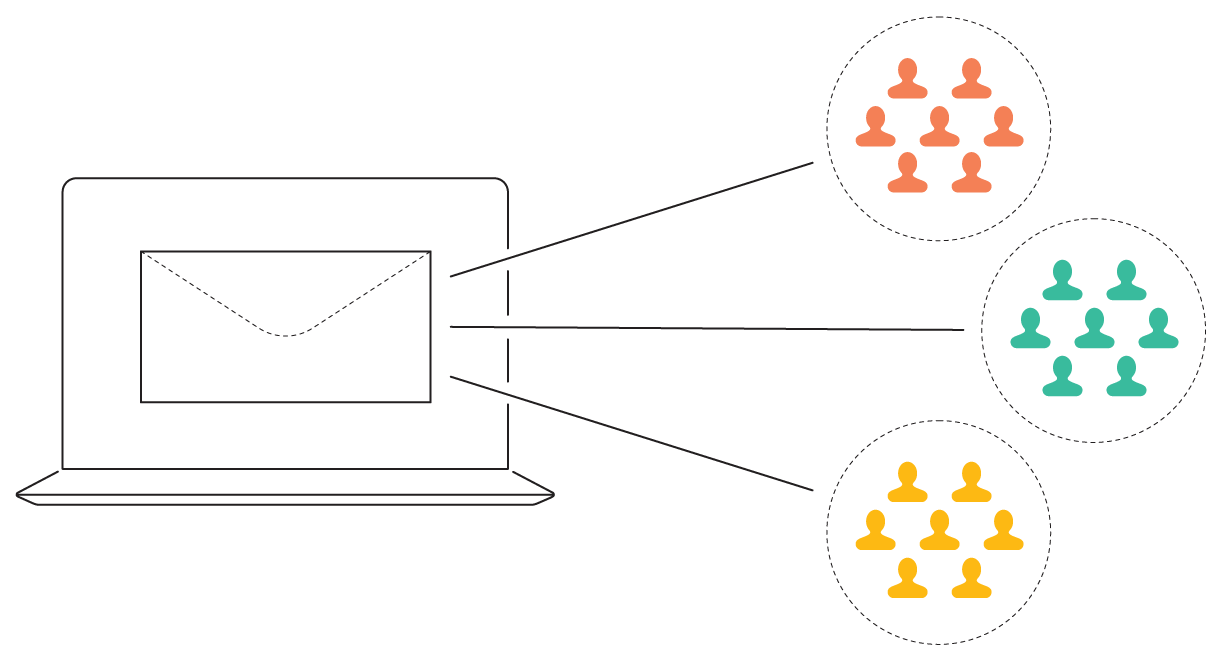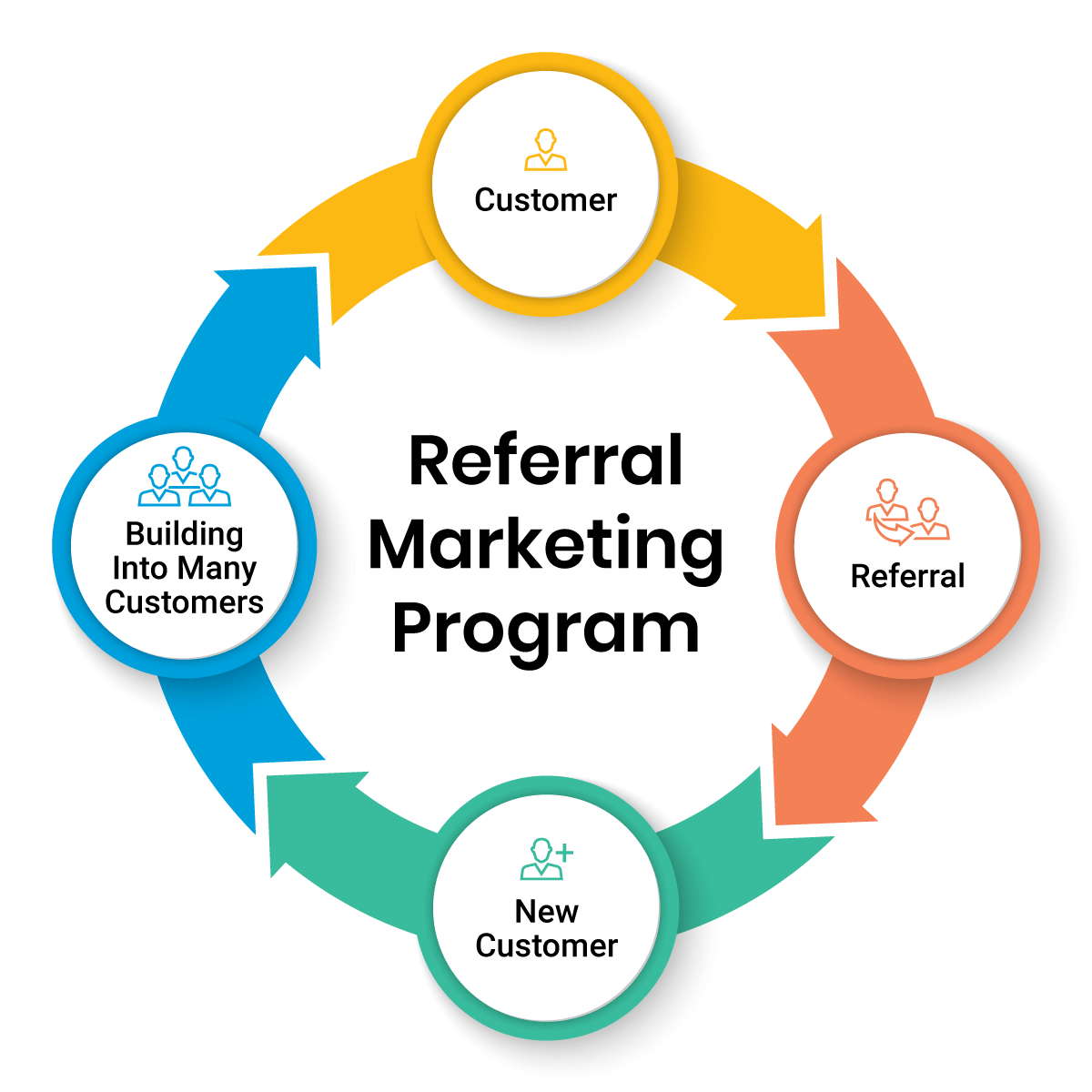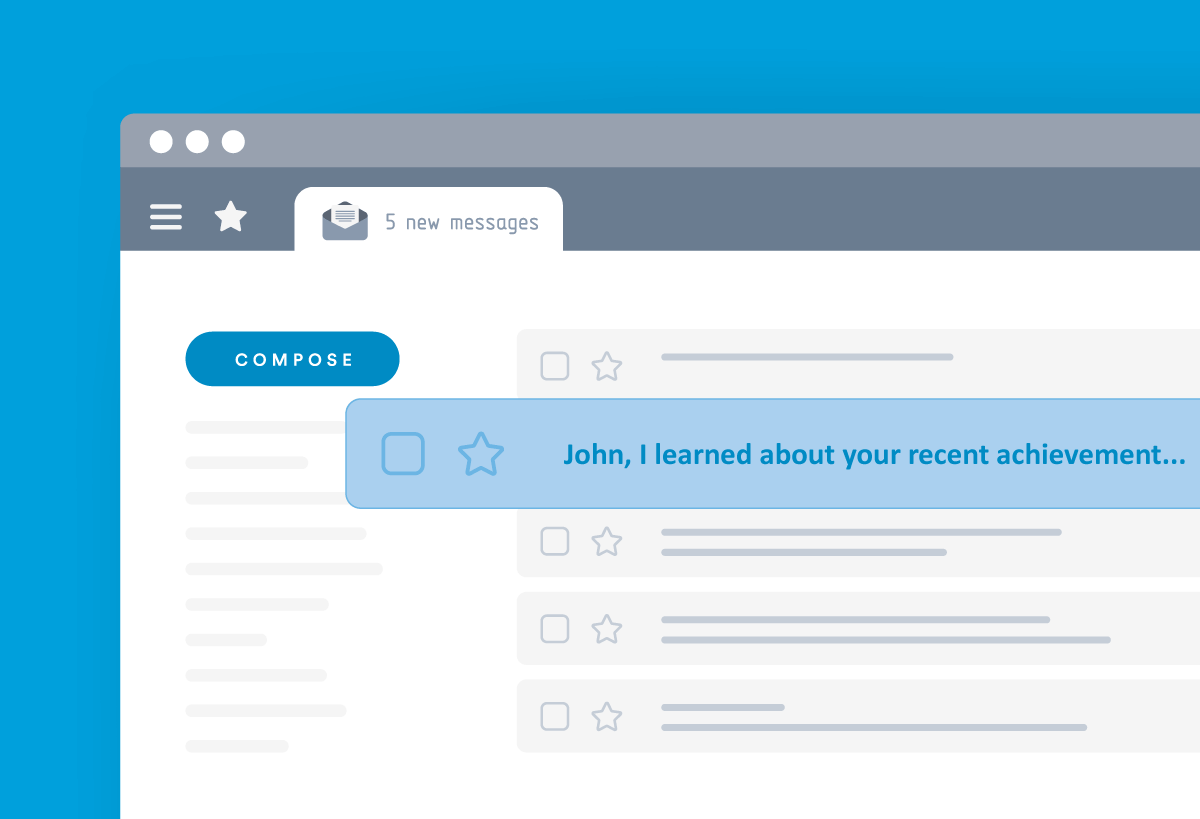Why is a Customer Acquisition Strategy Important in Business Growth?
For small and mid-sized businesses (SMBs), steady customer acquisition isn’t just a growth tactic—it’s a survival strategy. In an increasingly competitive landscape, relying on referrals or organic interest alone isn’t enough. You need targeted, measurable, and repeatable strategies that consistently turn prospects into customers and help scale your business sustainably.
This guide explores 15 proven strategies that help you reach new audiences, build trust quickly, and convert interest into revenue. Whether you’re launching a new offering or looking to scale, these approaches are adaptable to your budget and business stage.
1. Leverage Targeted Email Marketing Campaigns
Reach the right people at the right time
Email marketing remains one of the most cost-effective and direct ways to acquire new customers—but only when it’s done strategically. Generic email blasts are no longer effective. Instead, segment your list by audience behavior, purchase history, or industry to create relevant messages that speak directly to your prospect’s needs.

Quick Wins:
- Use A/B testing to refine subject lines and calls to action (CTAs).
- Personalize emails using information like name, location, or even recent activity or achievement.
- Automate welcome sequences to nurture new leads at scale.
Pro Tip: A well-segmented list starts with clean data—it’s the backbone of successful campaigns.
2. Offer Value-Driven Lead Magnets
Give before you ask
Lead magnets like checklists, eBooks, calculators, or templates offer real value in exchange for contact information—and they consistently convert. The key is to solve a real, specific problem your ideal customer faces. This builds trust and creates a natural pathway to a sales conversation.
Ideas to Try:
- An industry-specific guide like: “Top 10 Goals Every [Industry] Business Should Have to Measure Results”
- Interactive tools: ROI calculators or readiness assessments
- Downloadable templates, planners, or calendars
“Our data shows that the more specific the lead magnet, the higher the conversion. Don’t just create content—solve a micro-problem.”
— Brooke O’Keefe, VP of Product Marketing, Salesgenie
3. Optimize Your Website for Lead Generation
Make every visitor count
Think of your website as your top-performing salesperson—available 24/7/365. However, without proper optimization, visitors may leave without taking action. High-converting websites use clear calls-to-action (CTAs), focused landing pages, and frictionless forms to turn interest into action.

Key Optimization Tactics:
- Add CTAs at the top of your key pages so visitors don’t have to scroll down
- Reduce the number of required form fields to minimize drop-offs
- Use heatmaps and analytics to improve layout and content flow
Pro Tip: Use data from Google Analytics to continually test and refine what’s working on your website.
4. Use Social Media Ads for Targeted Reach
Expand your audience with precision
Investing in social media advertising on platforms like LinkedIn, Facebook, and Instagram enables you to reach specific demographics, interests, and behaviors. This targeted approach ensures your message resonates with the right audience, maximizing your return on investment.
Quick Wins:
- Use lookalike audiences to find new prospects similar to your best customers.
- Test different ad formats (carousel, video, static images) to determine which formats resonate most with your audience.
- Monitor and adjust your campaigns based on performance analytics.
Key Point: Regularly refreshing your ad creatives and copy can prevent ad fatigue and maintain audience engagement.
5. Partner with Complementary Businesses
Strengthen your network for mutual growth
Forming strategic partnerships with businesses that offer complementary products or services can open doors to new customer segments. Co-hosted events, bundled offerings, or referral agreements can provide mutual benefits while boosting visibility and credibility.
Ideas to Try:
- Co-create content such as webinars or whitepapers.
- Offer package deals that include services from both partners.
- Cross-promote each other’s offerings through email newsletters.
Pro Insight: Collaborative partnerships can help you reach audiences you couldn’t have connected with or added value to on your own—and vice-versa.
6. Launch Referral Marketing Programs
Turn satisfied customers into brand advocates
Encouraging your existing customers to refer new clients can be a cost-effective acquisition strategy. Incentivizing referrals with discounts, freebies, or other rewards can motivate customers to share their positive experiences.

Key Components:
- Clearly communicate the benefits of the referral program.
- Make the referral process simple and user-friendly.
- Recognize and reward referrers promptly.
Referred customers tend to have a higher lifetime value and are more likely to become repeat buyers.
7. Create High-Value Blog Content
Educate and engage your audience
Producing informative and relevant blog content can attract potential customers by addressing their pain points and interests. Consistent, high-quality content establishes your brand as a thought leader and builds trust with your audience and can even improve your search engine optimization (SEO) so your website is found more easily.
Content Ideas:
- How-to guides and tutorials
- Industry news and analysis
- Case studies showcasing customer success stories
- Infographics
- Videos and podcasts
- White papers, special reports, and eBooks
Value Tip: Incorporate keywords strategically in your content to improve search engine visibility and drive organic traffic.
8. Use SEO to Drive Organic Traffic
Enhance visibility through search engine optimization
Search engine optimization (SEO) involves optimizing your website and content to rank higher in search engine results, making it easier for potential customers to find you. Start with keyword research to understand what your potential customers are searching for which tells you what potential customers are searching for to find your solution(s), then applying those words and phrases appropriately throughout your website. You can create high-quality, engaging content that is optimized for relevant keywords as a strategy for attracting and keeping visitors interested in your offerings.
Key Strategies:
- Conduct keyword research to understand what your target audience is searching for. Use a free tool like Google Keyword Planner or paid tools like SEMRUSH or Ahrefs.
- Optimize on-page elements like titles, meta descriptions, and headers.
- Build high-quality backlinks from reputable sources to build your website’s reputation and authority.
Key Point: Websites on the first page of search results receive most of the traffic, highlighting the importance of effective SEO.
9. Host Webinars and Live Events
Connect with your audience in real-time
Hosting webinars and live events allows you to engage directly with potential customers, demonstrate expertise, and address questions in real-time. These events can foster a sense of community and trust around your brand and create a prospect segment for future marketing and sales efforts.

Best Practices:
- Choose topics that resonate with your target audience’s interests and challenges.
- Promote the event through multiple channels to maximize attendance.
- Provide valuable takeaways and follow-up resources.
Pro Tip: Use data to identify the most effective webinar topics and live events to help you build relationships, showcase your experience, and make targeted offers.
10. Leverage Online Reviews and Testimonials
Build trust through social proof
Potential customers like to see people like themselves have good experiences with your business. Positive reviews and testimonials can significantly influence purchasing decisions. Encourage satisfied customers to share their experiences on platforms like Google, Yelp, or industry-specific review sites.

Implementation Tips:
- Make it easy for customers to leave reviews by providing direct links.
- Respond to reviews, both positive and negative, to show engagement and commitment to customer satisfaction.
- Feature testimonials prominently on your website and marketing materials.
Tipping point: A strong presence of positive reviews can improve your business’s credibility and reputation and attract more customers. It can even be the deciding factor for prospects ready to take the next step.
11. Implement Account-Based Marketing (ABM)
Personalize outreach for high-value targets
Account-Based Marketing focuses on tailoring marketing efforts to specific high-value accounts. This personalized approach can lead to higher engagement and conversion rates.
Steps to Implement:
- Identify and prioritize target accounts based on potential value.
- Use buyer intent data to identify prospects actively searching for your products or services.
- Develop customized marketing campaigns tailored to the priorities and pain points of each account.
- Align sales and marketing teams to ensure a cohesive approach.
Value tip: Utilizing data analytics can help in accurately identifying and understanding target accounts for more effective personalization.
12. Use Chatbots for 24/7 Lead Engagement
Provide instant assistance to prospects
Smart, conversational chatbots can bridge the gap between a curious visitor and a qualified lead—without needing human intervention. By offering real-time responses, guiding visitors to key resources, or helping them book a demo or consult, chatbots ensure your site is always ready to engage.
How to Maximize Impact:
- Set up custom workflows that answer frequently asked questions (FAQs) and guide next steps.
- Route complex inquiries to a live rep or sales team.
- Use chatbot data to track intent and optimize messaging.
Conversational Edge: 83% of B2B marketers say chatbots have increased their company’s lead generation volume. Chatbots are a scalable way to offer personalized engagement without additional overhead.
13. Develop Personalized Sales Pitches
Tailor your message to make a connection
In a sea of generic pitches, personalization stands out. By aligning your outreach with a prospect’s specific pain points, industry challenges, or business goals, you can spark real interest and build credibility early in the sales cycle.

Tips for Personalization:
- Reference recent news or achievements about the company.
- Show that you understand their business model or customer base.
- Offer a unique value proposition tailored to their needs.
Value tip: Use data enhancement tools to gather context on your leads—job title, company size, tech stack—so your outreach resonates personally.
14. Offer Free Trials or Freemium Products
Let your product prove itself
One of the quickest ways to build trust with a prospect is to let them experience the value you offer—firsthand and risk-free. Free trials or freemium models give potential customers a reason to engage deeply and give you insight into how they use your offering.
Best Practices:
- Highlight value quickly with onboarding guides or check-ins.
- Set clear trial expiration or upgrade paths to encourage conversion.
- Collect usage data to personalize follow-up outreach.
Pro Insight: To make the most of trial users, guide their experience with proactive support and outreach and clear next steps.
15. Engage in Cold Outreach with Personalized Email Sequences
Break the ice with relevance and empathy
When done thoughtfully, cold outreach can open the door to valuable relationships. But spray-and-pray approaches don’t cut it. A well-researched, personalized sequence—backed by relevant insights and real solutions—is far more likely to earn a response.
Components of a Great Cold Outreach Strategy:
- Start with a compelling subject line that promises value.
- Personalize based on recent activity, shared connections, or pain points.
- Use a follow-up cadence that balances persistence with respect.
- Make sure you comply with laws like CAN-SPAM and GDPR to maintain trust and protect your sender reputation.
Pro Tip: Personalization for email marketing is essential. By implementing strategies like audience segmentation, behavior-based targeting, and dynamic product recommendations, you can unlock the full potential of your email campaigns.
Final Takeaways: Build a Repeatable Acquisition Engine
The customer acquisition strategies above aren’t silver bullets—but together, they form a powerful acquisition system that small and mid-sized businesses can scale over time. The key is to treat customer acquisition as an ongoing, strategic effort fueled by:
- Consistent data insights
- Experimentation and optimization
- Value-first engagement
When backed by quality data and an understanding of your ideal customer, these strategies deliver compounding returns. Start with 2–3 that align with your strengths and resources, test consistently, and build from there.
Talk with a Data Expert Today
Working with an experienced data intelligence partner can help you identify where to focus, who to target, and how to track what’s working—so you don’t waste time on guesswork.






